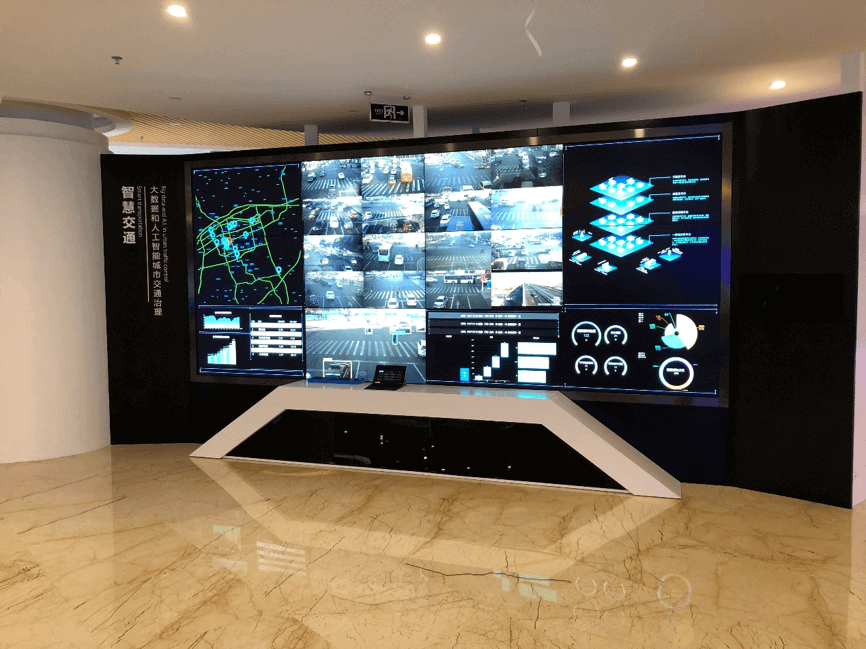Urban Traffic Management Command Center with Big Data and A.I. Technologies
Demonstrates the use of existing intelligent road edge monitoring equipment to accurately and quantitatively model real-time urban traffic using Microsoft ’s Intelligent Edge artificial intelligence service, thereby forming a true urban traffic big data model, thereby using artificial intelligence algorithms to ease urban traffic
In the field of urban traffic governance, artificial intelligence is also making rapid progress. As we all know, the foundation of artificial intelligence is big data. Establishing a big data model of urban transportation and applying artificial intelligence algorithms can optimize the overall and local dynamics of urban traffic management.
Various existing systems for traffic management in cities, such as surveillance cameras, have provided comprehensive coverage of road traffic. Artificial intelligence's edge computing technology can further use these video streams to extract more traffic data from it, and it has become a basic element for building a city's traffic big data model.
Use Microsoft's artificial intelligence platform to build models and conduct specialized training for traffic video extraction. Identify various types of vehicles, pedestrians, and non-motorized vehicles, and obtain their trajectories and data. In this way, a specially trained model can analyze and extract the traffic video. The video stream is converted into a data stream, so that the huge amount of video data becomes big data that can be trained and analyzed.
With traffic big data, we can do in-depth traffic situation analysis, synthesis and statistics, and more importantly, we can use the latest research results of modern traffic management in humans, which is artificial intelligence traffic management, to optimize urban traffic. management.
